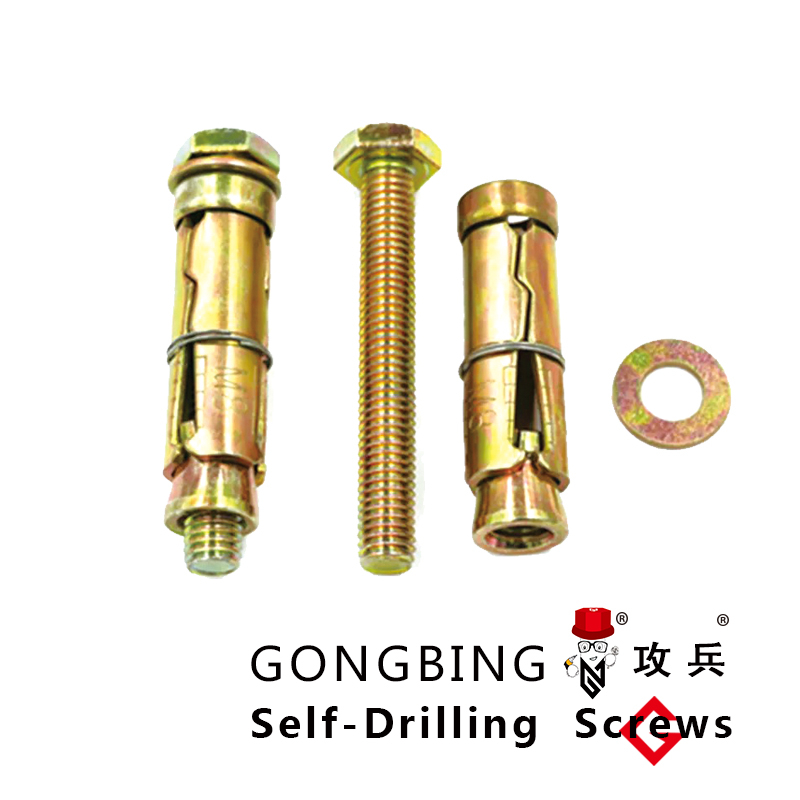Exploring the Applications and Benefits of Structural Threaded Rods in Modern Engineering Projects
Understanding Structural Threaded Rods An Essential Component in Modern Engineering
In the world of construction and engineering, the materials and components used are crucial for ensuring the durability and safety of structures. Among these essential components, structural threaded rods stand out due to their versatility, strength, and reliability. Often made from steel, these rods play a vital role in various applications, ranging from simple home repairs to complex industrial constructions.
What Are Structural Threaded Rods?
Structural threaded rods are long, straight rods that have continuous helical threads running along their entire length. Unlike standard bolts, which are typically used to fasten two pieces together, threaded rods can be used for a variety of purposes, including tensioning, supporting, and anchoring. They are generally available in different grades and materials, allowing engineers and builders to select the appropriate type based on specific project requirements.
The primary function of a structural threaded rod is to transfer loads between structural elements, providing stability and strength to assemblies. In construction, they are commonly employed in applications such as securing beams, connecting structural components, and even in the formation of tension structures like cable-stayed bridges or tensioned fabric structures.
Applications of Structural Threaded Rods
1. Building Construction In buildings, threaded rods are frequently used to secure steel beams and columns. They are particularly valuable in high-rise construction, where they help manage vertical and lateral loads, ensuring the structural integrity of the building.
2. Industrial Settings Many factories and industrial setups utilize threaded rods for supporting heavy machinery and equipment. They can be found in applications that require robust support structures, such as conveyor systems and overhead cranes.
structural threaded rod

3. Infrastructure Projects In civil engineering, structural threaded rods are instrumental in the construction of bridges, tunnels, and highways. They are used to connect various components, such as struts and braces, enhancing the load-bearing capacity of infrastructure.
4. Roofing and Frames Threaded rods are used in roofing systems to connect and stabilize frame structures, ensuring that roofs can withstand environmental pressures such as wind and snow loads.
Benefits of Using Structural Threaded Rods
The advantages of using structural threaded rods are many. Their straightforward design allows for easy installation and adjustment, making them a practical choice in various settings. The threaded design provides a secure grip, which is crucial for load-bearing applications. Additionally, they can be manufactured to a range of lengths and diameters, offering flexibility to engineers in designing structures according to specific needs.
Furthermore, the materials used in the production of these rods can enhance corrosion resistance, making them suitable for outdoor and marine applications where exposure to moisture and elements may be a concern. Options like stainless steel and galvanized steel are commonly used to ensure longevity and performance in harsh environments.
Conclusion
In summary, structural threaded rods are an integral part of modern engineering and construction practices. Their ability to provide essential support and stabilization in a variety of applications makes them a go-to component for engineers and builders alike. As construction methodologies continue to evolve, the importance of understanding and effectively utilizing these threaded rods will remain paramount, ensuring structures can withstand the demands of both time and nature. Whether in high-rise buildings, bridges, or industrial settings, threaded rods exemplify the importance of reliable engineering components in creating safe and durable infrastructures.
-
Weatherproof Plastic Expansion Anchors for OutdoorXov xwmJun.06,2025
-
Sustainability in the Supply Chain: Eco-Friendly TEK Screws ProductionXov xwmJun.06,2025
-
Load-Bearing Capacity of External Insulation FixingsXov xwmJun.06,2025
-
Double Head Bolts: Enhancing Efficiency in Industrial MachineryXov xwmJun.06,2025
-
Corrosion Resistance in Chipboard Screws: Coatings for Wholesale DurabilityXov xwmJun.06,2025
-
Butterfly Toggle Bolts : Enhancing Structural ResilienceXov xwmJun.06,2025
